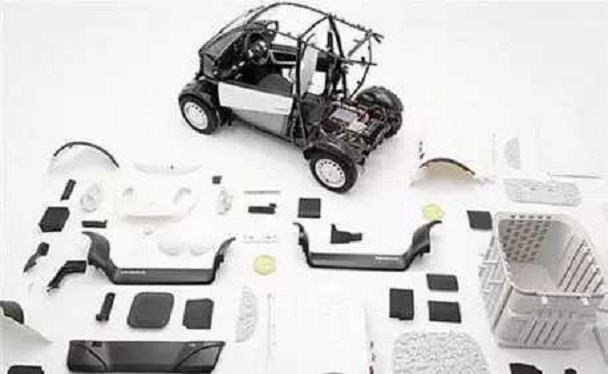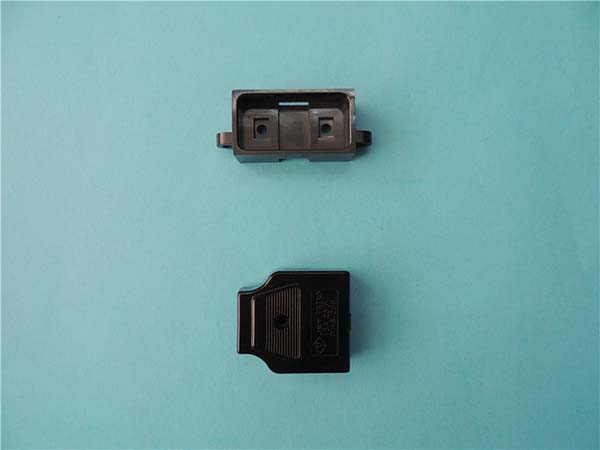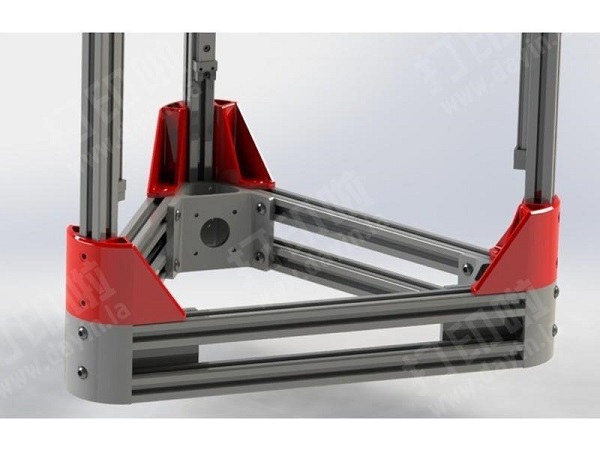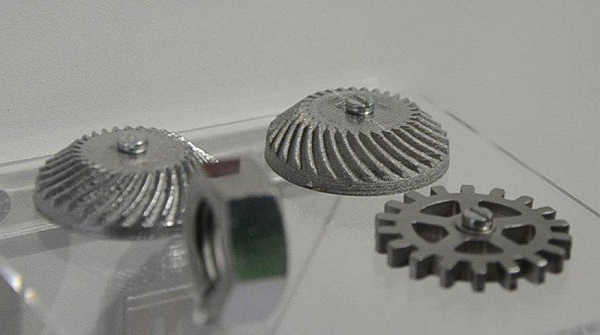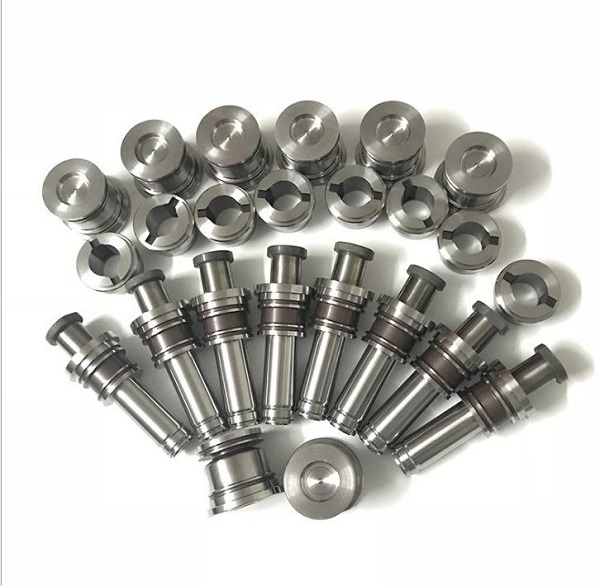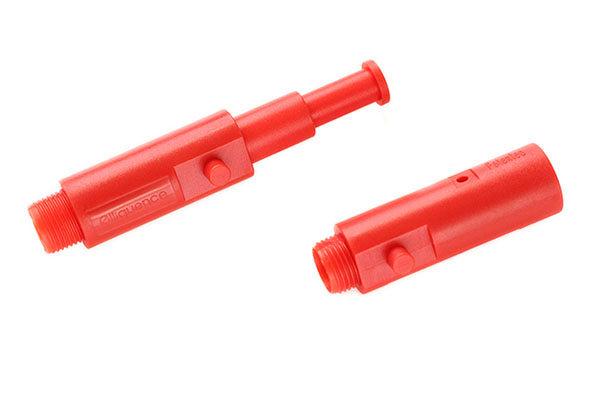Understanding Genshin 3D Print
"Genshin Impact" has taken the gaming world by storm since its release, boasting a richly detailed open - world, diverse characters, and a captivating storyline. The popularity of this game has extended far beyond the digital realm, with the demand for Genshin - related physical collectibles skyrocketing. Among these collectibles, Genshin 3D prints have become highly sought - after items for fans.
The global fan base of "Genshin Impact" is estimated to be in the tens of millions. According to market research, the market for video - game - related collectibles, including 3D prints, has been growing steadily at an annual rate of about 15% in recent years. Genshin 3D prints allow fans to bring their favorite in - game elements, such as characters like Lumine, Aether, or Zhongli, into the real world. For example, a detailed 3D - printed figure of Venti, the Anemo Archon, with his signature lyre and wind - like flowing clothes, can be a centerpiece for any fan's collection.
These 3D prints are not only popular among casual fans but also among serious collectors. They serve as a tangible connection to the virtual world of Teyvat that players have spent countless hours exploring. Whether it's a small keychain - sized 3D print or a life - sized statue, each piece represents a unique part of the Genshin universe, which contributes to their high market demand.
The Process of Genshin 3D Print
Model Selection
Genshin Impact offers a vast array of models, from the elegant and powerful Raiden Shogun to the mysterious Dainsleif. When choosing a model for 3D printing, consider the complexity of the design. For example, characters with large, flowing robes like Jean may require more support structures during printing, while simpler designs such as Paimon can be printed more straightforwardly. Popular models often have high - detail features that fans love to showcase, like the intricate patterns on Zhongli's clothing. These details, however, can also pose challenges during the 3D printing process.
3D Modeling Preparation
Once you've selected a model, the next step is 3D modeling preparation. This involves several crucial tasks. First, you need to check the model for any defects or non - manifold geometry. These imperfections can cause issues during the slicing process and ultimately result in a failed print. For instance, holes that are too small or overlapping surfaces need to be fixed. Adjusting the size of the model is also essential. You might want to scale it up or down depending on your display or printing material limitations. A 3D printing enthusiast might resize a small - scale Genshin character model to fit on a keychain or enlarge it to create a desktop - sized centerpiece.
Material Selection
The choice of material can significantly impact the final look and feel of your Genshin 3D print. Here are some common materials and their characteristics presented in a table:
| Material | Cost (per kg) | Texture | Strength | Color Options | Ease of Printing |
| PLA (Polylactic Acid) | \(20 - \)30 | Smooth, matte - like | Moderate | Many, including translucent | High, suitable for beginners |
| ABS (Acrylonitrile Butadiene Styrene) | \(30 - \)40 | Slightly glossy | Stronger than PLA | A good range | Medium, requires a heated bed |
| Resin | \(50 - \)100 | High - detail, smooth finish | Brittle | Limited without additional coloring | Low, needs proper ventilation and post - curing |
PLA is popular for its affordability and ease of use, making it a great choice for those new to 3D printing. ABS, on the other hand, offers more strength, which is beneficial for larger prints that need to hold their shape. Resin is ideal for capturing the fine details of Genshin models but comes at a higher cost and requires more careful handling.
Printing Process
The printing process itself involves setting up the 3D printer with the right parameters. For example, the layer height can affect the smoothness of the print. A lower layer height, like 0.1mm, will result in a more detailed and smoother surface but will increase the printing time. The nozzle temperature also varies depending on the material. For PLA, a temperature range of 180 - 220°C is typical, while ABS may require 220 - 250°C. Printing time can range from a few hours for a small, simple Genshin charm to over 24 hours for a large, highly detailed statue. During the print, the printer lays down layers of material, gradually building up the 3D object, layer by layer, just like constructing a virtual building block by block in the Genshin world.
Post - Processing
After the 3D print is complete, post - processing is essential to achieve a high - quality finish. This includes removing any support structures that were used during printing. These supports are necessary to keep the model stable but can leave marks on the surface. Sanding is then often used to smooth out any rough areas, giving the print a more refined look. For example, if the printed edges of a Genshin character's weapon are rough, sanding can make them sharp and clean. Coloring is another crucial step. You can use acrylic paints to add vibrant colors, just like the vivid hues of the characters in Genshin Impact. Some enthusiasts even use airbrushing techniques to create a more professional and detailed finish, making the 3D print look as if it stepped right out of the game.
Yigu Technology's View
As a non - standard plastic metal products custom supplier, Yigu Technology recognizes the critical importance of material selection and process control in Genshin 3D printing. The right material can bring out the best features of the Genshin models, whether it's the smoothness of a character's skin or the durability of a weapon. For example, when printing a Genshin character with fine - detailed clothing, a high - resolution resin material from Yigu can accurately capture every fold and texture.
In terms of process control, Yigu Technology's advanced manufacturing processes ensure consistent quality. Their strict quality - control measures during 3D printing can prevent common issues like warping or layer delamination. With a team of experienced engineers, Yigu can optimize the printing parameters for different Genshin models, ensuring that each 3D print meets the high - standards that fans expect. Their capabilities in material innovation and precise process control make them well - positioned to support the creation of high - quality Genshin 3D prints, helping to bring the magical world of Genshin Impact into the physical realm with stunning accuracy.
FAQ
Q1: What materials are best for Genshin 3D prints?
For Genshin 3D prints, PLA is great for beginners due to its affordability (around \(20 - \)30 per kg), smooth matte - like texture, and ease of printing. ABS, costing \(30 - \)40 per kg, is stronger, making it suitable for larger prints. Resin, priced at \(50 - \)100 per kg, offers a high - detail, smooth finish, ideal for capturing fine Genshin model details, but requires more careful handling.
Q2: How can I ensure the details of Genshin models are well - preserved during printing?
First, choose a high - quality 3D model without defects. Adjust the printer settings such as reducing the layer height (e.g., to 0.1mm) for more details. Use the right support structures to prevent model deformation during printing. After printing, proper post - processing like sanding can smooth rough areas and enhance the details.
Printing Genshin - related items for personal use is generally legal. However, if you plan to sell these 3D prints, it may violate the game's copyright. "Genshin Impact" is protected by copyright laws, and commercial use of its intellectual property without permission from the rights - holder is illegal. So, always check the game's official policies and relevant laws before engaging in any non - personal 3D printing activities.

